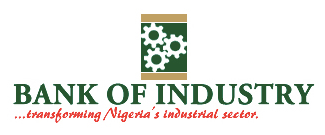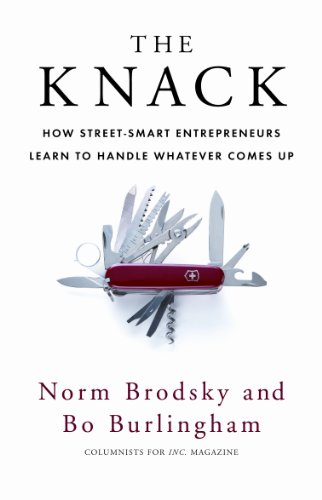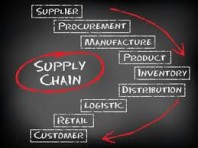 A business must create competitive advantages to survive the onslaught of competitors. To do this, the business may focus on a particular area to excel (and possibly dominate), such as a reputation in excellent customer service, or the production of high quality products. More often than not however, a business must do several things very well, at the same time, to stand a chance of long-term profitability in a tough marketplace. One such, necessary, area that your business must endeavour to do well in, so as to stand this chance, is in the management of its supply chain.
A business must create competitive advantages to survive the onslaught of competitors. To do this, the business may focus on a particular area to excel (and possibly dominate), such as a reputation in excellent customer service, or the production of high quality products. More often than not however, a business must do several things very well, at the same time, to stand a chance of long-term profitability in a tough marketplace. One such, necessary, area that your business must endeavour to do well in, so as to stand this chance, is in the management of its supply chain.
Several factors have come to make the management of supply chains a necessary condition for success in business. These include:
- Opportunities in global sourcing of inputs,
- Requirement for a constant development of new products and services, arising from rapidly changing customer preferences,
- Moral and regulatory demands on safety and quality of products,
- Need for expansions and growth into new markets,
- Distribution capabilities (and constraints), etc.
What is supply chain management (‘SCM’)? Typically, all businesses source certain materials (raw materials, components, supplies etc.) from their suppliers, processes and then distributes them to their customers (who may be other businesses, major distributors, retailers, or directly to the end users). SCM refers to all the actions taken in the sourcing of all your inputs, processing them into final products and delivering them to endusers. It is very important that these actions are consciously and deliberately thought out and well coordinated.
Benefits of a robust SCM: A robust SCM will result in delivering high quality and safe products to end users at profitable prices to your organisation by:
- Ensuring that the best quality raw materials and components are sourced,
- Ensuring that all materials sourced are purchased at the best prices, and other terms, possible,
- Bringing in raw materials and distributing finished products with minimum handling necessary and cost effectively,
Other benefits of SCM are as shown below:
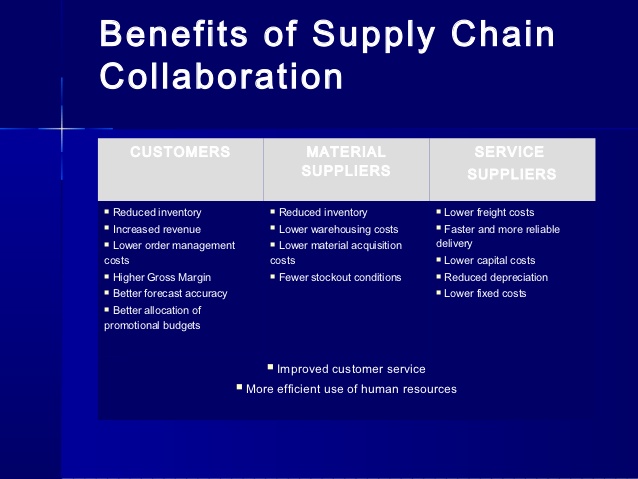
(Pia Bosma)
Internal preparation: The first requirement in developing an effective SCM system is for you to establish all your requirements and expectations. These may include a list of all materials (and standards thereof) that will be needed. Next you should establish the human capital requirement you need to manage the whole process, as well as other physical resources as may be determined by your situation. Based on the foregoing, you can then formulate appropriate policies and strategies to achieve your SCM objectives. The model below by Balaji S. Jupudi provides a basic, yet integrated approach.
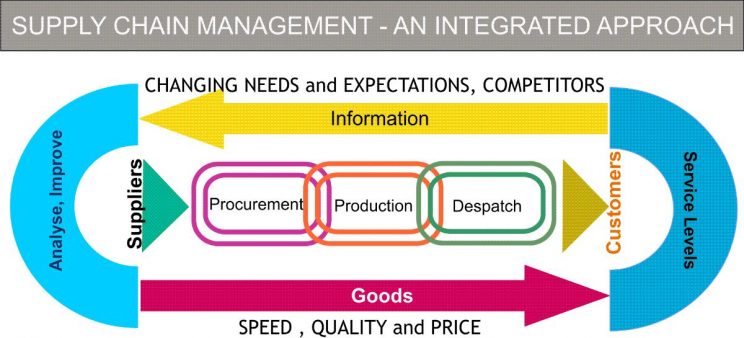
(Balaji S. Jupudi)
Issues to consider: There are several issues to consider in developing and managing your supply chain system. These include quality and costs; material life (from the perishable to the highly durable); logistics (options, availability, frequency, costs); warehousing availability; manufacturing requirements; demand factors; financial situation of the enterprise etc. Together with your team, identify each factor and agree what you want to achieve in your interest and that of your customers.
Choose your suppliers carefully: You have to set criteria against which you will assess potential suppliers to be considered for the various inputs you need. Ensure that you set criteria that will address your requirements such as quality standards of supplies; safety of materials (and final products); timely delivery; capacity to deliver the volume and quantity required etc. Choosing the right suppliers and negotiating the right terms will help you achieve better lead times, maintain less inventory, whilst achieving better throughput in your whole chain. Agreements should always be documented. These can be from comprehensive Contracts to simple e-mails reiterating what has been agreed.
Create multiple sources: Wherever and whenever possible, ensure that you have more than one supplier for each material. No matter how capable a supplier is, factors beyond their control can force them to fail in delivering to you. Having back up suppliers can help you reduce the risks of production stoppages arising from supply failures. To achieve this, you should create and maintain the necessary relationships that will not make the fallback suppliers take undue advantage of you when you have to take materials from them. One way to do this is to regularly take at least some percentage of your requirements from them.
Wholesome negotiations: Most entrepreneurs seem to believe that price is the only factor to negotiate in a supply management deal. Whilst pricing is certainly very important, a keen entrepreneur will also consider several other factors whilst negotiating a supply deal. Terms of payment, quality standards, delivery schedules, return policy etc, can all alter pricing considerations. Whilst you have to be aggressive (to get the very best terms possible), you should also be realistic (for sustainable long-term relationships with all other parties involved). Negotiate a deal that gives each party something that they are happy with. It is wrong to assume that your best deal is one in which you completely squeeze your partner of any breathing space. Creating a win-win deal is the best way to developing interest, trust and long-term collaboration and support.
Relationship management: Relationship with your suppliers should be built on mutual understanding and trust. It is important for you to understand the capabilities and requirements of your suppliers. It is equally important that you communicate what your requirements and expectations are. Whilst such long-term business relationships should be professionally and formally maintained, it is important to accommodate each other within reason. For instance, taking undue advantage of your supplier as a result of some innocent mistake, that doesn’t necessarily hurt you, wouldn’t help you in the long run.
Adopt appropriate technologies: Managing a supply chain system demands identifying and adopting the right supporting technologies. Identify the resources you need and make provision for them. These may include sufficient number and types of trucks, forklifts, tracking softwares and readers etc. Initial investments will go along way in making your SCM system effective and efficient.
Balancing act: Supply chain management requires balancing various conflicting demands. For instance should you have a large order volume (which reduces your risks of stock-outs but increases your inventory holding) or should you have lower order volumes which reverses the risks aforementioned? Should you also airfreight your order (which reduces the lead-time but increases your freight costs) or should you ship by sea which then reverses the challenges? It is simply all about you clearly understanding your requirements as well as your situation and acting in the most commercially sensible way.
Risk mitigation: There are a lot of risks inherent in managing supply chains. For instance, relying on a single supplier who goes bankrupt can jeopardise your entire business. Another possible risk is of product recall, arising, say from safety and quality issues. It is your responsibility as the entrepreneur to work with your team, and if necessary consultants, to identify supply risks and put measures in place to mitigate them.
Are your customers being served? The bottom-line objective of any supply chain management system is to supply quality products at the right price to the right customer at the right location and at the right time. Therefore, as shown in the Jupudi model above, you should create an assessment system that gives you the feedback necessary to ensuring that this fundamental objective is being achieved. Any lapses should be identified and addressed.








